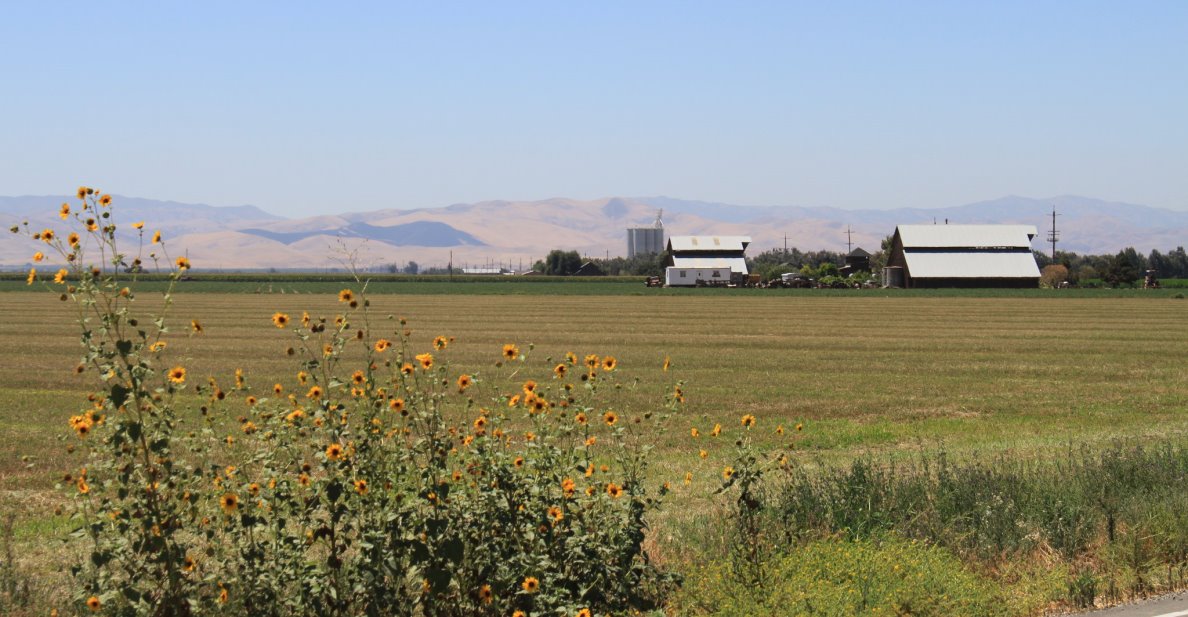
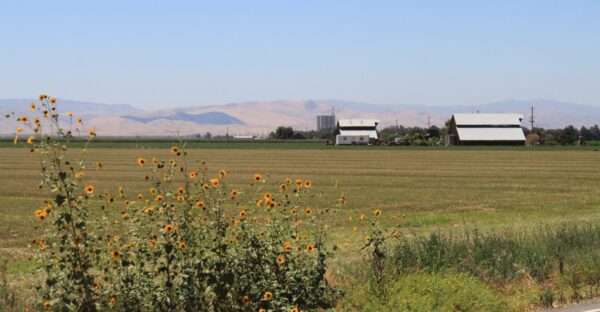 From the Public Policy Institute of California:
From the Public Policy Institute of California:
As implementation of the Sustainable Groundwater Management Act (SGMA) gets underway, questions are emerging about what it will mean for lands protected under the Williamson Act, California’s chief farmland preservation policy. For nearly 60 years, the Williamson Act has helped protect 16 million acres—roughly half of the state’s crop- and rangelands—from development.
But as SGMA’s limitations on groundwater extraction go into effect—and as warmer, more intense droughts begin to push land out of irrigation–the context within which the program operates is shifting. In July, we gathered a group of agriculture, solar, and county stakeholders to explore the interplay between the Williamson Act and SGMA in the San Joaquin Valley. Here is what we learned.
Click here to read more from the Public Policy Institute of California.
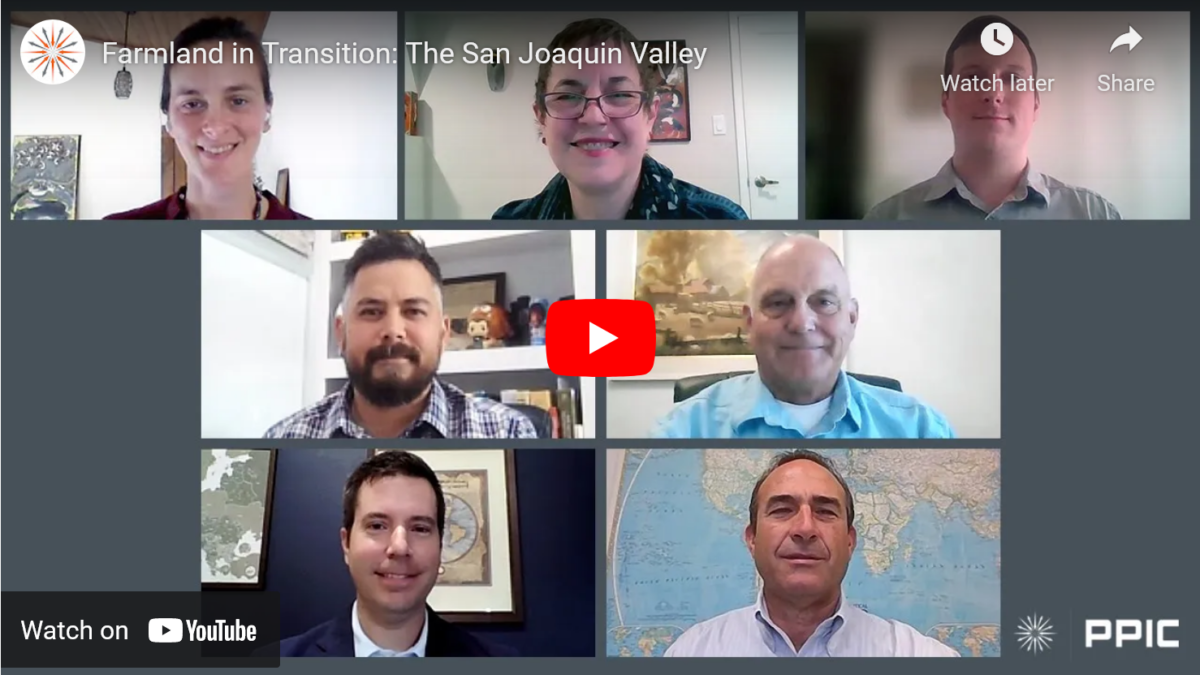
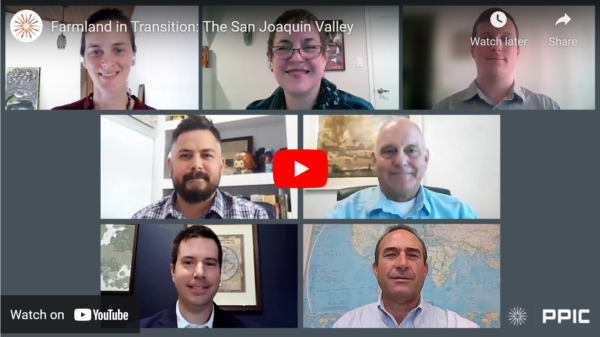 The San Joaquin Valley is California’s agricultural heartland and at the center of the state’s water challenges. As the region brings its groundwater basins into balance under the Sustainable Groundwater Management Act (SGMA), over half a million acres of irrigated farmland may need to come out of production.
The San Joaquin Valley is California’s agricultural heartland and at the center of the state’s water challenges. As the region brings its groundwater basins into balance under the Sustainable Groundwater Management Act (SGMA), over half a million acres of irrigated farmland may need to come out of production.
At a virtual event last week, PPIC researchers and a panel of local experts moderated by Ellen Hanak, director of the PPIC Water Policy Center, discussed how to manage this massive transition while reaping the greatest benefits from idled land and mitigating air quality concerns.
Watch video and read summary from the PPIC by clicking here.

From Maven’s Notebook:
The Sustainable Groundwater Management Act, or SGMA, was passed in 2014 during a period of critically dry years; the legislation was intended to stop the adverse impacts occurring due to the severe overpumping of groundwater basins. SGMA required groundwater basins to form a local groundwater sustainability agency and develop a groundwater sustainability plan to achieve sustainability in their groundwater basins within 20 years. Eight years into implementation, all GSAs have submitted the first groundwater sustainability plans and are beginning to implement them. For SGMA, the rubber is just now starting to hit the road.
 The law will most impact the San Joaquin Valley, as most groundwater basins in the valley have been designated as critically overdrafted. At the Urban Water Institute’s annual spring meeting, a panel discussed the challenges that San Joaquin Valley farmers face and how they are responding.
The law will most impact the San Joaquin Valley, as most groundwater basins in the valley have been designated as critically overdrafted. At the Urban Water Institute’s annual spring meeting, a panel discussed the challenges that San Joaquin Valley farmers face and how they are responding.
Seated on the panel were Jason Phillips, CEO of the Friant Water Authority; Dr. David Sunding, an economist and professor at UC Berkeley; and Jack Rice, farmer and consultant.
Click here to continue reading this article from Maven’s Notebook.

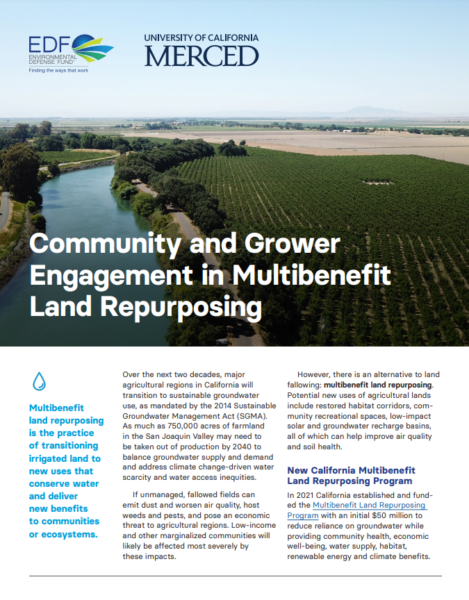 Many regions in California are embarking on a new era of water and land management strategies as local agencies implement sustainability initiatives and climate change intensifies droughts and water scarcity.
Many regions in California are embarking on a new era of water and land management strategies as local agencies implement sustainability initiatives and climate change intensifies droughts and water scarcity.
However, too often low-income rural communities have had little opportunity to influence land and water decisions that directly impact — and often harm — them, resulting in such outcomes as wells drying up and limited access to parks.
California’s new Multibenefit Land Repurposing Program aims to ensure these communities as well as small-scale farmers are more involved in land and water use planning by making their engagement a requirement for funding recipients.
Click here to read more from the Environmental Defense Fund.
RELATED EVENT: Office Hours: March 29: Repurposing farmland that will be fallowed as part of SGMA
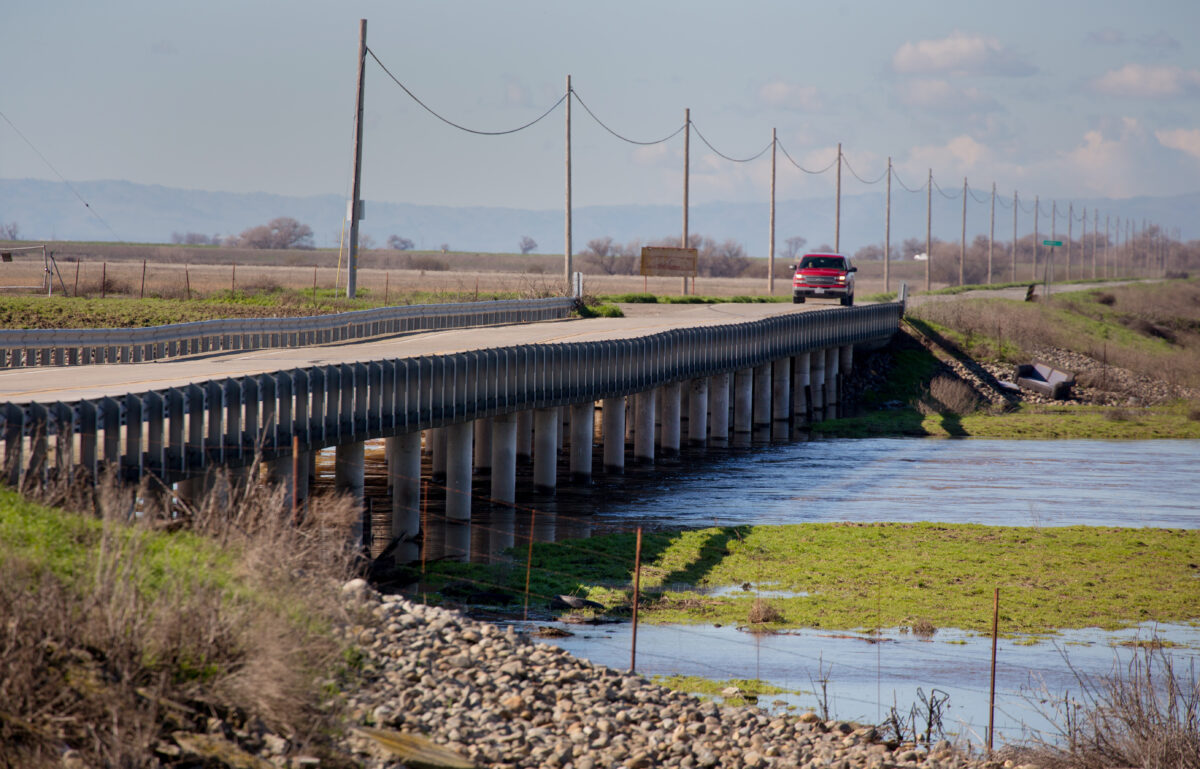
 The California Department of Water Resources (DWR) released new satellite-based data that show subsidence – or the sinking of the land surface due to excessive groundwater pumping – continues in the state. DWR has intensified statewide subsidence monitoring to help identify impacts and address them collaboratively with local groundwater agencies, counties and landowners.
The California Department of Water Resources (DWR) released new satellite-based data that show subsidence – or the sinking of the land surface due to excessive groundwater pumping – continues in the state. DWR has intensified statewide subsidence monitoring to help identify impacts and address them collaboratively with local groundwater agencies, counties and landowners.
The areas experiencing the most subsidence during Water Year 2021 (WY 2021) are in the San Joaquin Valley, with a maximum of 1.1 feet of subsidence observed in the region and the Sacramento Valley with a maximum of 0.7 feet in the region. Data show that in WY 2021 subsidence of greater than 0.5 feet per year expanded to more areas than observed in WY 2020. However, fewer areas experienced higher rates of subsidence than at the end of the last drought in 2016.
Click here to read more from DWR News.

Bringing the San Joaquin Valley’s groundwater basins into balance by the early 2040s is going to be challenging, but two neighboring groundwater sustainability agencies (GSAs) in Madera County are collaborating to move the process forward.
The PPIC spoke with one engineering consultant and one general manager—Joe Hopkins of Aliso Water District Groundwater Sustainability Agency and Sarah Woolf of the Triangle T Water District—to hear about their agencies’ efforts to comply with the 2014 Sustainable Groundwater Management Act (SGMA).
Click here to read this article from the PPIC.
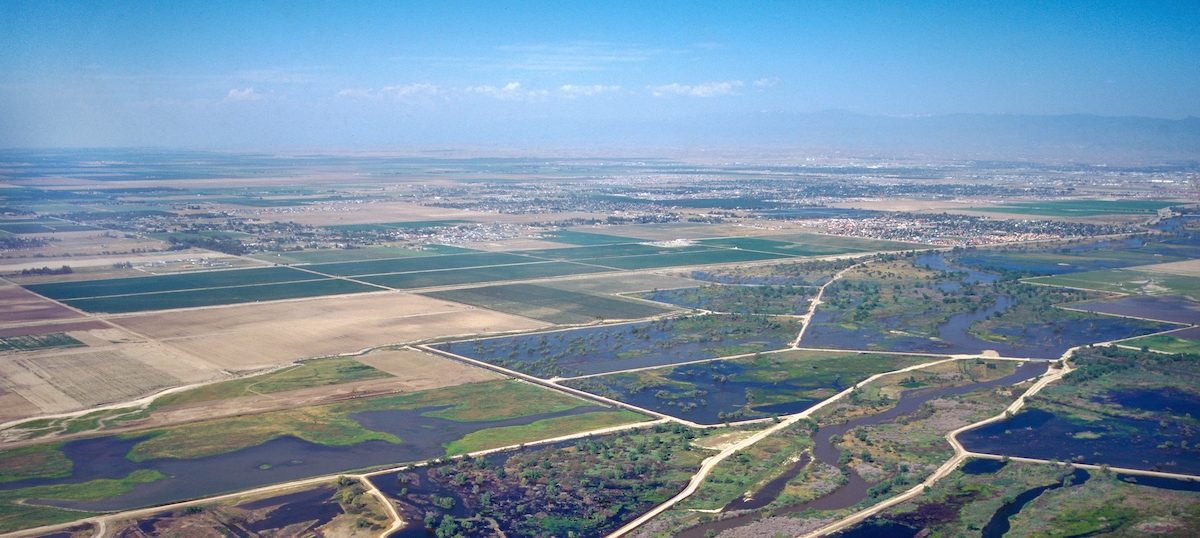
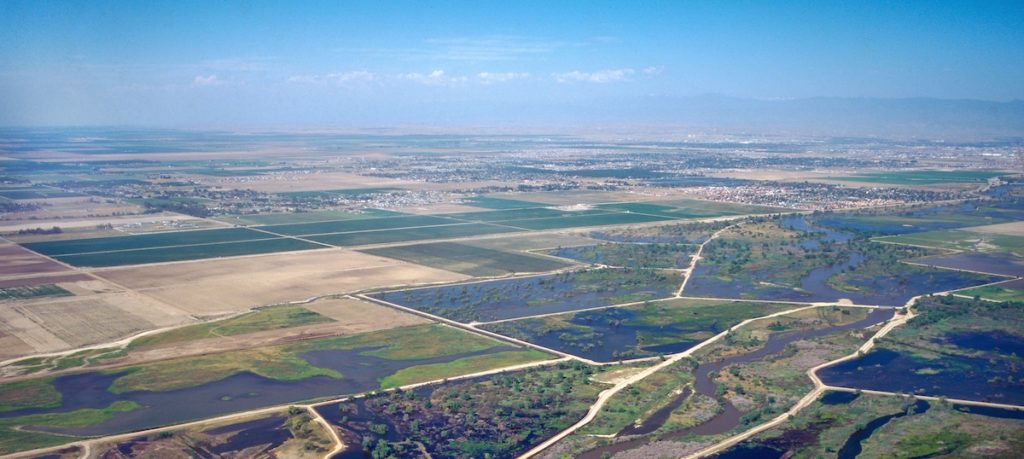 By the time California finally began regulating groundwater use in 2014, most of the San Joaquin Valley was in critical overdraft. The Public Policy Institute of California estimates that groundwater pumping in the region has exceeded replenishment by an average of 1.8 million acre-feet per year over the last few decades. This imbalance was even worse during our last drought, when overuse shot up to 2.4 million acre-feet per year.
By the time California finally began regulating groundwater use in 2014, most of the San Joaquin Valley was in critical overdraft. The Public Policy Institute of California estimates that groundwater pumping in the region has exceeded replenishment by an average of 1.8 million acre-feet per year over the last few decades. This imbalance was even worse during our last drought, when overuse shot up to 2.4 million acre-feet per year.
Overpumping puts groundwater aquifers at risk of compaction, permanently reducing their water storage capacity and making surface lands sink. Now, however, San Joaquin Valley groundwater managers must find and implement a fix. The state’s Sustainable Groundwater Management Act mandates balancing the region’s pumping with replenishment by 2040.
Managed aquifer recharge — diverting excess flood water so it can soak into the ground — is an obvious remedy. But accelerating recharge in the San Joaquin Valley is easier said than done. “Recharge is slow in silt and clay, and these are ubiquitous across the Central Valley,” explains Graham Fogg, an emeritus hydrogeologist at UC Davis.
Fogg and colleagues have found a new way to speed recharge in the Central Valley: ancient river channels where water can shoot underground.
Click here to continue reading this article at Estuary News.
Click here to visit the Groundwater Exchange’s news page.
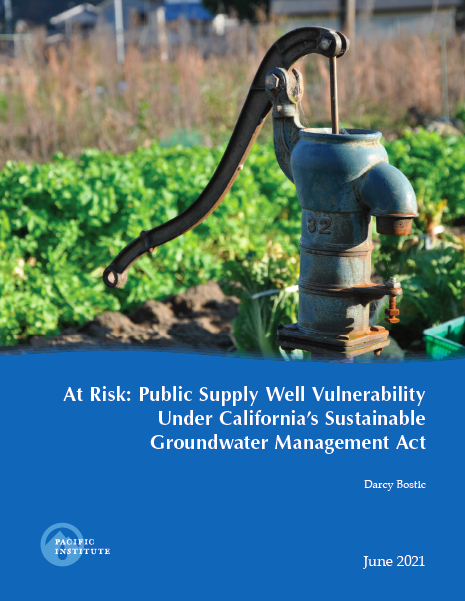
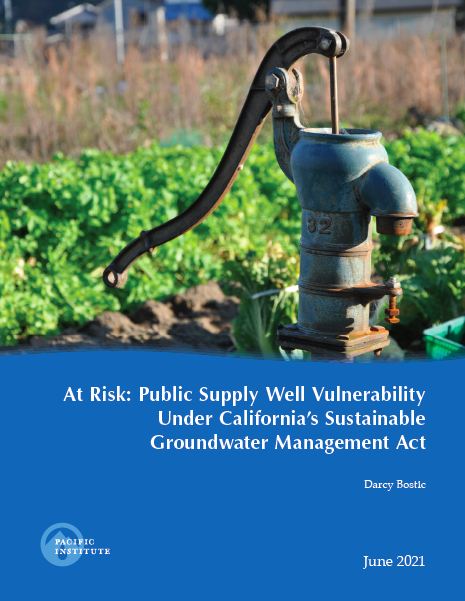 “California’s Sustainable Groundwater Management Act was designed to prevent significant and unreasonable chronic lowering of groundwater levels across the state, among other undesirable effects. Yet implementation often does not protect shallow wells. This report examines public drinking water supply well vulnerability under the Sustainable Groundwater Management Act. It focuses on wells and water systems in the San Joaquin Valley due to the area’s social and economic significance, high concentration of water-related challenges, and availability of developed groundwater sustainability plans.
“California’s Sustainable Groundwater Management Act was designed to prevent significant and unreasonable chronic lowering of groundwater levels across the state, among other undesirable effects. Yet implementation often does not protect shallow wells. This report examines public drinking water supply well vulnerability under the Sustainable Groundwater Management Act. It focuses on wells and water systems in the San Joaquin Valley due to the area’s social and economic significance, high concentration of water-related challenges, and availability of developed groundwater sustainability plans.
The report finds that 503 of the 1,200 public supply wells in the region, or 42%, are likely to be partially or fully dry at the minimum thresholds established in the region’s sustainability plans. It includes recommendations to support small water systems and domestic wells and improve the resilience of groundwater sustainability Plans, in line with the state’s Human Right to Water. ... ”
Click here to read this report from Pacific Institute.
Click here to visit the Groundwater Exchange’s news page.
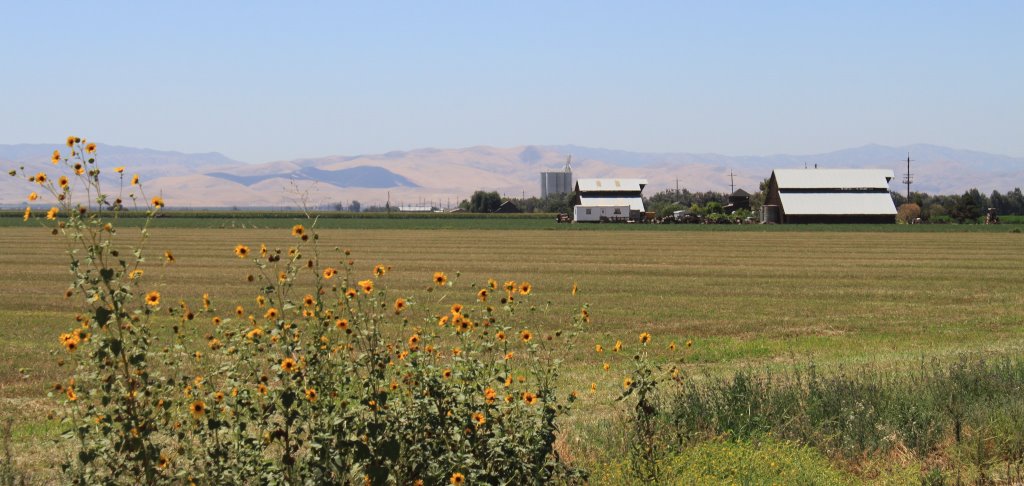
“Domestic wells serve sizable potable water demands in California and much of the world. These wells tend to degrade and fail with declining regional groundwater levels. In areas of irrigated agriculture, impacts to shallower domestic wells may occur from ongoing groundwater use and worsen during drought when agricultural pumping increases to compensate for diminished surface water supplies. Impacts on domestic wells include increased pumping lift, pump cavitation, well screen clogging, and wells running dry.
Our recent work examines the potential for managing these impacts in part of the San Joaquin Valley where groundwater sustainability plans were completed in 2020 as required by the Sustainable Groundwater Management Act. … ”
Click here to continue reading at the California Water Blog.
Click here to visit the Groundwater Exchange’s news page.
From the Public Policy Institute of California (PPIC):
 “The San Joaquin Valley has begun to grapple with implementing the Sustainable Groundwater Management Act (SGMA). Figuring out the math of balancing water supply and demand in ways that cause the least economic harm to farmers and local economies is challenging, and difficult tradeoffs are inevitable. We talked with Emmy Cattani, a fifth-generation farmer from Kern County, about some options.
“The San Joaquin Valley has begun to grapple with implementing the Sustainable Groundwater Management Act (SGMA). Figuring out the math of balancing water supply and demand in ways that cause the least economic harm to farmers and local economies is challenging, and difficult tradeoffs are inevitable. We talked with Emmy Cattani, a fifth-generation farmer from Kern County, about some options.
PPIC: Talk about ways that agriculture can reduce land fallowing in implementing SGMA.
EMMY CATTANI: More supply is critical. The biggest opportunity is to figure out how to capture water in big flood events, which are expected to become more common with climate change. … ”
Continue reading at the PPIC here: Finding a balance between supply and demand to get to groundwater sustainability
 From the Public Policy Institute of California:
From the Public Policy Institute of California:












 “California’s Sustainable Groundwater Management Act was designed to prevent significant and unreasonable chronic lowering of groundwater levels across the state, among other undesirable effects. Yet implementation often does not protect shallow wells. This report examines public drinking water supply well vulnerability under the Sustainable Groundwater Management Act. It focuses on wells and water systems in the San Joaquin Valley due to the area’s social and economic significance, high concentration of water-related challenges, and availability of developed groundwater sustainability plans.
“California’s Sustainable Groundwater Management Act was designed to prevent significant and unreasonable chronic lowering of groundwater levels across the state, among other undesirable effects. Yet implementation often does not protect shallow wells. This report examines public drinking water supply well vulnerability under the Sustainable Groundwater Management Act. It focuses on wells and water systems in the San Joaquin Valley due to the area’s social and economic significance, high concentration of water-related challenges, and availability of developed groundwater sustainability plans. 
